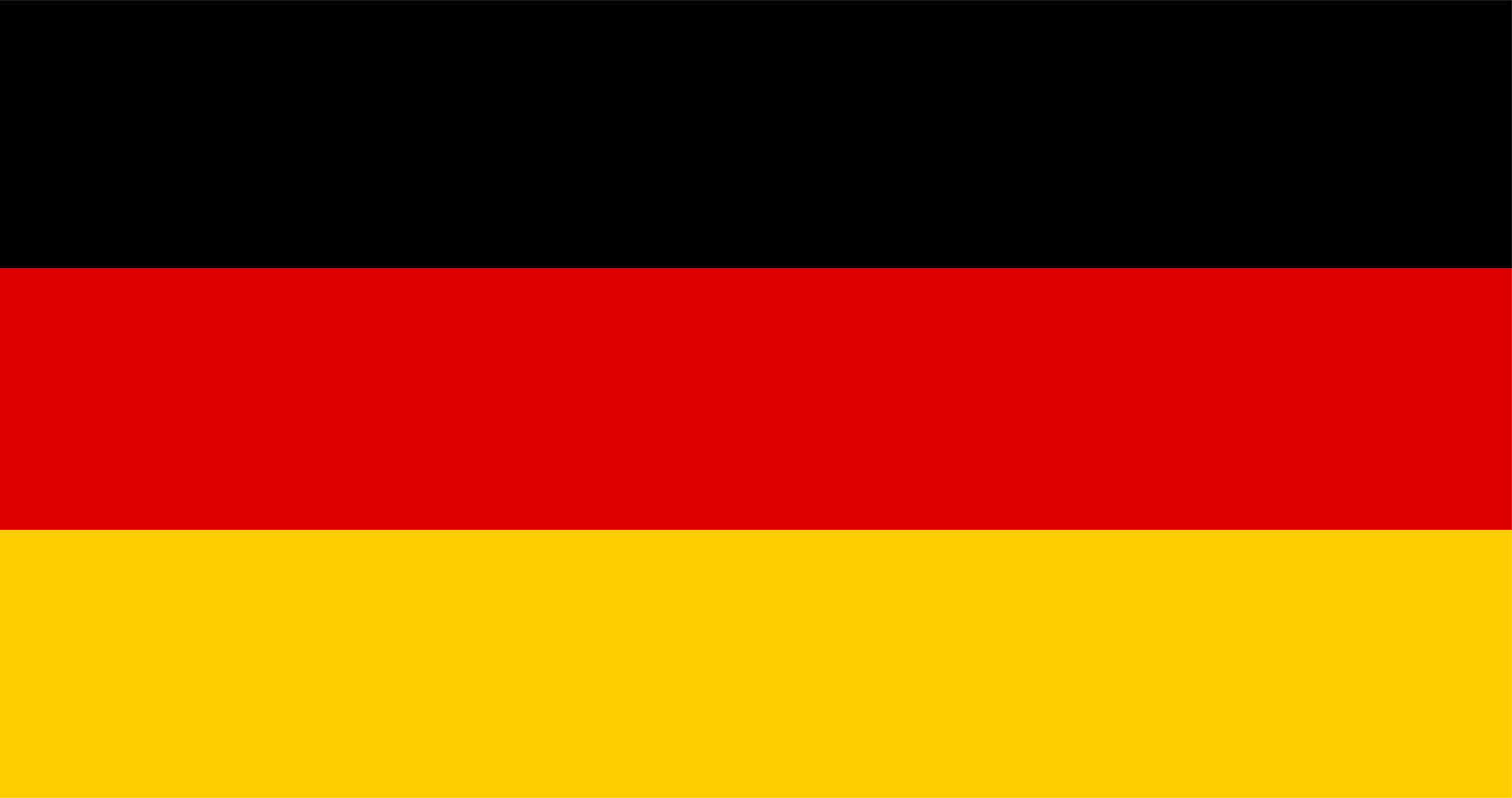Surgical offer in nasal surgery
Chronic facial pain can be a sign of a chronic sinus infection.
If there is a significant nasal hump, a crooked nose or a drooping nasal tip, functional and cosmetic nose straightening is often advisable. Functional correction can often correct the problems of obstructed nasal breathing. Cosmetic correction is associated with an improvement in the external appearance of the nose. The operation is performed under anesthesia. This usually requires a short inpatient stay. At the end of the operation, a nasal plaster is applied to the nose. This remains in place for a total of ten days until the nose is sufficiently stable. After ten days, the inserted nasal septum splints, which are made of silicone, are usually also removed.
Paranasal sinus surgery
The maxillary sinuses, ethmoid cells, sphenoid sinuses and frontal sinuses are bony cavities on both sides that form the paranasal sinuses. If acute sinusitis occurs, it can usually be treated with decongestant nasal drops, inhalation and antibiotic therapy. The therapy for chronic inflammatory changes is different. Chronic sinus infections or polyposis nasi, i.e. a pathological change in the nasal mucosa, can often only be remedied by surgery. Functional endoscopic paranasal sinus surgery is a gentle surgical technique. An endoscope is inserted into the nose without an external incision and the pathological change inside the nose is removed as gently and carefully as possible. It is often necessary to correct the nasal septum in the same operation. At the end of the operation, a tamponade is inserted into the sinus ducts and remains there for several days. Once the nasal tamponades have been removed, nasal care is required. The nose is cleaned regularly under endoscopic control in order to keep the nasal ducts clear in the long term. In addition, local follow-up treatment with medication is required.
Nasal septum surgery
The nasal septum is a partition that is present inside the nose. A curvature of the nasal septum often results in obstructed nasal breathing. However, the decongestant nasal drops that are often used should not be taken over a longer period of time, as they can cause lasting damage to the nasal mucous membranes. Surgery is therefore often necessary to improve nasal breathing.
Normally, nasal septum surgery is performed under anesthesia. The curvature of the nasal septum, which is located inside the nose, is straightened through a small incision that is not visible from the outside. The inferior turbinates are usually reduced slightly during the same procedure to ensure good ventilation. As the nasal septum is splinted, a small silicone foil is inserted on both sides of the nasal septum at the end of the operation. This remains in the nose for around seven to ten days. To prevent secondary bleeding, a nasal tamponade is also inserted for two days. It is pulled after around two days. In the meantime, you will be given an antibiotic to prevent infection of the sinuses.
Nose corrections (rhinoplasty)
Many patients are interested in a correction of the external shape of the nose (rhinoplasty). Some patients have suffered from a change in the external nose since birth. Others are unhappy with how the ageing process has changed the nose. Accidental damage to the nose and the combination of obstructed nasal breathing with an external change in the shape of the nose often lead to a consultation. As the nose is the focal point of the face, small changes to the external shape of the nose can have a major impact on appearance. Likewise, the influence of changes in the shape of the nose on self-esteem and healthy nasal breathing should not be underestimated. It can be very helpful for you to understand the basic surgical principles of rhinoplasty so that you can realistically assess the possibilities and limitations of rhinoplasty yourself. Nothing can replace a personal consultation with your trusted surgeon and specialist. The basis for a successful operation is therefore trust, which is based on the patient’s realistic expectations and the surgeon’s specialist qualifications. Further information can be found under the heading Rhinoplasty.
Make an appointment now
Give us a call today
00054552



